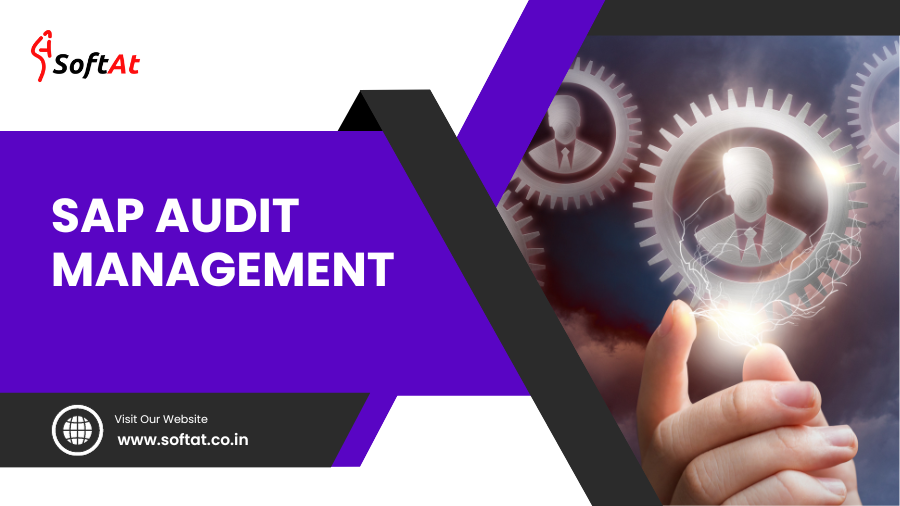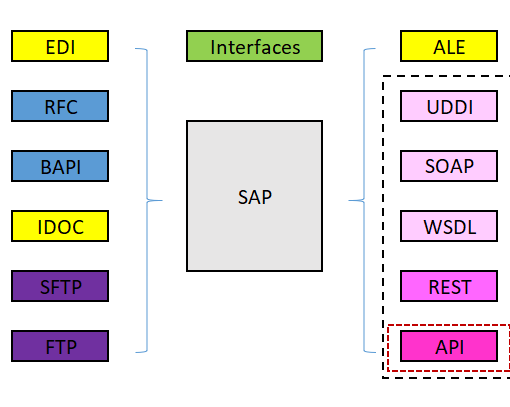In today’s complex business landscape, maintaining compliance and accountability is not just a choice but a necessity. SAP Audit Management, a robust component of the SAP ecosystem, offers an integrated solution to streamline and enhance audit processes. In this article, we will delve into Management, exploring its significance, features, benefits, implementation, and how it can help organizations navigate the intricate world of audits.
1. Introduction to SAP Audit Management
Management is a comprehensive solution designed to simplify and enhance audit-related activities within an organization. It facilitates efficient planning, execution, and reporting of audits across various business processes.
2. The Critical Role of Effective Audit Management
Effective audit management is essential for organizations to maintain compliance with regulations, identify risks, and ensure accountability. It plays a pivotal role in achieving these objectives.
3. Key Features of SAP Audit Management
It offers a range of features, including:
3.1 Audit Planning
Efficiently plan and schedule audits, ensuring comprehensive coverage.
3.2 Audit Execution
Streamline the audit process with integrated checklists and documentation.
3.3 Reporting and Analytics
Generate insightful reports and leverage analytics to identify trends and areas for improvement.
3.4 Compliance Management
Ensure compliance with regulations and standards through automated tracking.
4. Benefits of Implementing SAP Audit Management
By implementing Management, organizations can experience numerous benefits, such as:
4.1 Enhanced Accuracy
Reduce errors in audit processes, leading to more reliable results.
4.2 Improved Efficiency
Streamline audit workflows, saving time and resources.
4.3 Better Risk Management
Identify and mitigate risks more effectively through data-driven insights.
5. Getting Started with SAP Audit Management
Initiating Management involves several critical steps, including project planning, system installation, and configuration. Engaging with experienced SAP consultants is essential for a smooth implementation.
6. Configuring SAP Audit Management to Your Needs
Customizing to align with your specific audit requirements. Tailoring the system ensures it addresses your unique organizational needs.
7. Navigating the SAP Audit Management Interface
It offers an intuitive user interface, but training your staff to use the system effectively is crucial for optimal results.
8. Streamlining Audit Processes with SAP
Discover how it can help you streamline audit planning, execution, and reporting, reducing manual efforts and errors.
9. Integration with Your Business Environment
It can seamlessly integrate with other SAP solutions and external systems, providing a holistic view of your audit ecosystem.
10. Leveraging Data Insights for Continuous Improvement
Utilize the robust reporting and analytics tools in SAP Audit Management to gain insights into audit performance and identify areas for ongoing improvement.
11. Addressing Common Audit Challenges
Explore typical challenges faced during SAP Audit Management implementation and strategies to overcome them.
12. Success Stories: Organizations Thriving with Management
Learn from organizations that have successfully transformed their audit management processes with SAP.
13. Conclusion: Elevate Your Audit Management with SAP
In conclusion, It is a game-changing solution for organizations seeking to streamline audit processes, enhance compliance, and drive accountability. By implementing Management, you can elevate your audit management practices to new heights.
Frequently Asked Questions
1. Is it suitable for small businesses?
Yes, It can be scaled to meet the needs of small, medium, and large enterprises.
2. How long does it take to implement Management?
The implementation timeline varies depending on the complexity of your audit processes but typically ranges from a few months to a year.
3. Can Management integrate with other ERP systems?
Yes, It can be integrated with various ERP systems to ensure seamless data flow.
4. What kind of training is required for Management users?
Users should undergo training to familiarize themselves with the system’s interface and functionalities. SAP offers training programs for this purpose.
5. How can I measure the ROI of implementing Management?
ROI can be measured through factors like reduced audit time, improved compliance, and enhanced risk management.
Free Bonuses:
How to conduct the Audit in SAP Software





